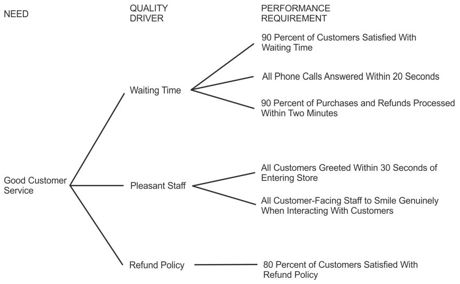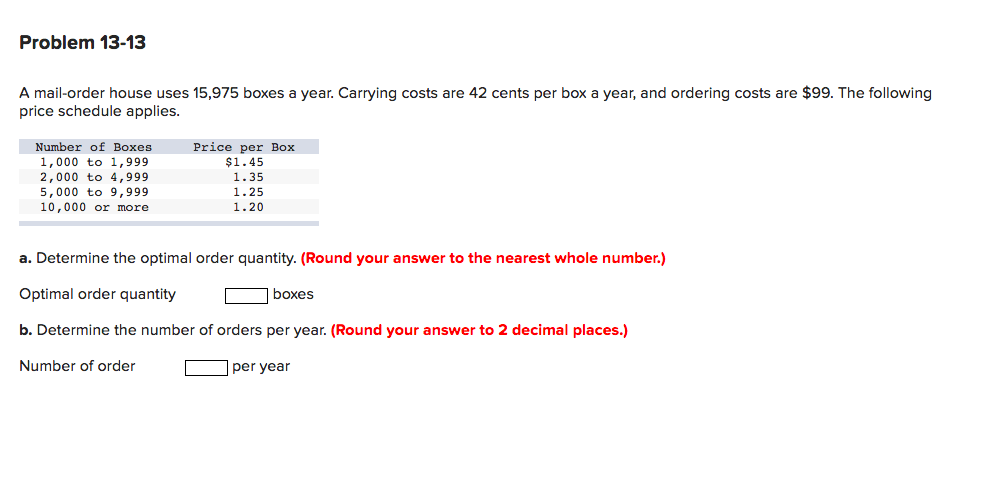If this box is checked, the organization must complete all parts of Form 990 and any required schedules. An organization that is required to file an annual information return (Form 990 or Form 990-EZ) or submit an annual electronic notice (Form 990-N) for a tax year (see General Instructions, Section A, earlier) must do so even if it hasn’t yet filed a Form 1023, 1023-EZ, 1024, or 1024-A with the IRS, if it claims tax-exempt status. Many nonprofit board members and https://www.wave-accounting.net/accounting-for-in-kind-donations-to-nonprofits/ employees come from a for-profit, corporate background. While this may lay the groundwork for reviewing and understanding financial statements and tax returns, nonprofit organizations have unique accounting and reporting nuances that can make the transition more complicated than expected. Of the four primary statements that nonprofits are required to present, two have titles that differ from their for-profit equivalents, and one is even unique to nonprofits.
If the organization receives a quid pro quo contribution of more than $75, the organization must provide a disclosure statement to the donor. The Form 990 or 990-EZ information made available for Accounting for Tech Startups: What You Need To Know public inspection by the IRS can differ from that made available by the states. The deadline for filing Form 990 or 990-EZ with the IRS differs from the time for filing reports with some states.
Where to view Form 990?
Both are CEOs of publicly traded corporations and serve on each other’s boards. The relationship between H and J is a reportable business relationship because each is a director or officer in the same business entity. G purchased a $45,000 car from the dealership during the organization’s tax year in the ordinary course of the dealership’s business, on terms generally offered to the public. The relationship between F and G isn’t a reportable business relationship because the transaction was in the ordinary course of business on terms generally offered to the public. The facts are the same as in Example 3, except that the Board Chair position wasn’t designated as an officer position under X’s bylaws, board resolutions, or state law. Nevertheless, because X compensated C for non-director activities involving staff meetings and evaluations during the tax year, C is deemed to have received compensation as an employee—not as a governing body member—for those activities.
Used to notify the IRS of a change in mailing address that occurs after the return is filed. The Patient-Centered Outcomes Research fee is imposed on issuers of specified health insurance policies (section 4375) and plan sponsors of applicable self-insured health plans (section 4376) for policy and plan years ending on or after October 1, 2012. On IRS.gov, you can get up-to-date information on current events and changes in tax law. The following is a list of other special instructions for group returns. An organization that has a permanent office, but has no office hours, or very limited hours during certain times of the year, must make its documents available during those periods when office hours are limited, or not available, as though it were an organization without a permanent office.
Form 990: A Detailed Examination
E-filing software can help by sending out automated reminders when the deadline is quickly approaching, as well as double-checking the completeness and accuracy of your 990 before submitting. Like with any broad generalization, there are bound to be some nonprofits that are exempt from the 990. If you’re new to filing a 990 for your organization, you’re probably looking for some direct answers to these critical questions. Candid’s Online Librarian service will answer your questions within two business days.
A disqualified person corrects an excess benefit by making a payment in cash or cash equivalents equal to the correction amount to the applicable tax-exempt organization. The correction amount equals the excess benefit plus the interest on the excess benefit; the interest rate can be no lower than the applicable federal rate. There is an anti-abuse rule to prevent the disqualified person from effectively transferring property other than cash or cash equivalents. An excise tax equal to 25% of the excess benefit is imposed on each excess benefit transaction between an applicable tax-exempt organization and a disqualified person. The disqualified person who benefited from the transaction is liable for the tax. If the 25% tax is imposed and the excess benefit transaction isn’t corrected within the tax period, an additional excise tax equal to 200% of the excess benefit is imposed.
What is Form 990 used for?
Page 3 and 4 are checklists noting which additional schedules may be required. As a board member it is important to know and understand the additional schedules that may be required to ensure you are meeting your fiduciary responsibility. These schedules are lettered A through R and should be attached if indicated here. If your organization needs an extension for filing its Form 990, you can get one automatically by filing Extension Form 8868. This provides your organization with an additional six months to prepare and file the actual 990 Form.
- If “No,” explain on Schedule O (Form 990) how the organization ensures that the local unit’s activities are consistent with the organization’s tax-exempt purposes.
- If the organization received from a donor a partially completed Form 8283, Noncash Charitable Contributions, the donee organization should generally complete the Form 8283 and return it so the donor can get a charitable contribution deduction.
- Although Y controls Z, Z isn’t a local affiliate of Y that would require Y to answer “Yes” on line 10a.
- The following is a list of other special instructions for group returns.
- On line 33, add the amounts on lines 26 and 32 to show total liabilities and net assets.
Describe significant changes on Schedule O (Form 990), but don’t attach a copy of the amendments or amended document to Form 990 (or recite the entire amended document verbatim), unless such amended documents reflect a change in the organization’s name. See Specific Instructions, Item B, earlier, regarding attachments required in the event of a change in the organization’s name. A member of the governing body isn’t considered to lack independence merely because of the following circumstances.
What Is Form 990: Return of Organization Exempt From Income Tax?
The PPA changed all that with the introduction of the Form 990-N for small, low revenue organizations – which now means that all 501(c) organizations (except churches) must file some version of the Form 990, regardless of its gross revenue. It did increase the threshold from $25,000 to $50,000 to be able to file Form 990-N, but you still have to file one of the Form 990s. One more big addition of the PPA was the rule that initiated automatic revocation of the tax exempt status of any nonprofit that fails to file its required Form 990 for three consecutive years. We don’t want to scare you, but we need to impress upon you just how important this filing is. Section 6033 enables tax-exempt organizations, nonexempt charitable trusts, and political organizations with annual gross receipts under $200,000 and total assets under $500,000 to file Form 990-EZ instead of Form 990. The EZ version is shorter and designed to help filers make fewer mistakes.
- Any contribution of a qualified real property interest to a qualified organization exclusively for conservation purposes.
- In that case, their salaries and expenses should be allocated among management, fundraising, and program services.
- Many states that accept Form 990 in place of their own forms require that all amounts be reported based on the accrual method of accounting.
- Whether the management company or the exempt organization is the employer will be determined by the facts and circumstances.
The special rules relevant to transactions with donor advised funds and supporting organizations apply to transactions occurring after August 17, 2006, except that taxes on certain transactions between supporting organizations and their substantial contributors apply to transactions occurring on or after July 25, 2006. A local or subordinate organization that doesn’t file its own annual information return (because it is affiliated with a central or parent organization that files a group return) must, upon request, make available for public inspection, or provide copies of, the group returns filed by the central or parent organization. Investments made primarily to accomplish the organization’s exempt purposes rather than to produce income. For purposes of section 4958, any officer, director, or trustee of an applicable tax-exempt organization, or any individual having powers or responsibilities similar to officers, directors, or trustees of the organization, regardless of title. Section 512(b)(13) treats payments of interest, annuity, royalties, and rent from a controlled entity to a controlling organization as unrelated business taxable income under certain circumstances. Section 318 (relating to constructive ownership of stock) shall apply for purposes of determining ownership of stock in a corporation.
What is IRS form 990?
See the Glossary and instructions for the pertinent schedules for definitions of terms and explanations that are relevant to questions in this part. Enter the paid preparer’s PTIN, not his or her social security number (SSN), in the “PTIN” box in the paid preparer’s block. The IRS won’t redact the paid preparer’s SSN if such SSN is entered on the paid preparer’s block. Because Form 990 is a publicly disclosable document, any information entered in this block will be publicly disclosed (see Appendix D). For more information about applying for a PTIN online, go to the IRS website at IRS.gov/TaxPros.
Form 990 is intended to provide the government and interested members of the public with a snapshot of the organization’s activities for that year. It’s possible that some donors may base their gifting decisions on what they can discern from Form 990. The IRS requires an extensive amount of information from the organization; the instructions for how to complete the 12-page form are 100 pages in length. Additionally, the organization can be subject to a large penalty if it does not file on time.












